Teamle
Web app solution to manage 1:1 employment satisfaction survey sessions between employees and HR

WEB APP
ABOUT PROJECT

Discovery Phase Workshops of a web app solution to manage 1:1 employment satisfaction survey sessions between employees and HR and its further development.
With the help of the Discovery Phase Workshops, it was possible to set out basic guidelines for the development of an employee relations application.
OUR WORK

Discovery Phase
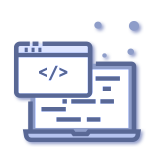
Frontend
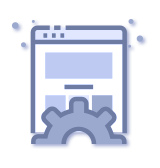
Backend
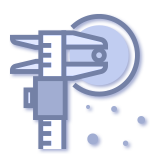
QA

UX & UI
PURPOSE OF THE DISCOVERY PHASE
Identify potential and select appropriate tools to create an application for organizing one-on-one meetings at Railwaymen.
THE CHALLENGE
Developing an application for managing the employee evaluation process with a focus on Railwaymen's needs.
1. PROCESS
The idea to create the Teamle app came from organizing periodic one-on-one meetings with employees to get feedback on their work at Railwaymen. This process is one of the duties carried out by the company’s HR & EB departments and requires considerable logistical skills to carry out properly. In an effort to systematize the gathering of information on employee satisfaction, the idea of developing a tool to support the implementation of these activities was put forward by one of Railwaymen’s employees. The team has tested several external tools, but none of them met all of the expectations and requirements of their process.
Using Teamle, interviewers would have the ability to take note of any problems occurring in the organization and appropriately delegate solving them. To streamline the process, we wanted to implement various types of notifications that would notify participants of an upcoming meeting date. A useful feature from the perspective of HR and EB departments is an analytics system responsible for generating statistics and reports. Railwaymen have a high employee retention rate, so it was also crucial to have quick and full access to the employees’ work history, KPI’s and their expectations communicated over the years.
However, before we started developing Teamle, we wanted to check the potential of the tool, compare it with other available solutions on the market and select appropriate features. For this purpose, we decided to conduct a Discovery Phase of the project.

Szymon, Senior Ruby on Rails Developer
“The Discovery Phase helped us better define the project. Each stage of the process provided us with useful insights from which we can work on the application’s functionalities. It’s also a valuable resource in the context of developing Teamle’s MVP. We determined the priority features we would like to include in the MVP version, and prepared a backlog to work on in further stages of the project.”
2. DISCOVERY PHASE

Sylwia, UX/UI Designer Team Lead
A great value of Discovery Phase was to conduct interviews and surveys with those involved in the process so far. We were keen to learn about the different approaches, needs and expectations of the participants. The HR/EB team helped identify a research group to analyze the process of 1:1 meetings of people from different sized teams, departments, people involved and people coordinating the process, as well as c-level expectations of the results.
This allowed us to learn about the different approaches to these discussions, both process and personnel. We learned how the methods of conducting the meetings vary, what difficulties and expectations the people involved have, and what information and values they expect from the process. Based on the research, we were able to better understand our personas, identify the most valuable functions, but also to optimize our communication processes and propose tools to support the organization of meetings.
THE FLOW OF THE DISCOVERY PHASE PROCESS
Creating Personas
Product Value Canvas
User journey
MoSCow
Creating Personas
Product Value Canvas
User journey
MoSCow
RESULTS & FURTHER DEVELOPMENT

COLLECTING DATA
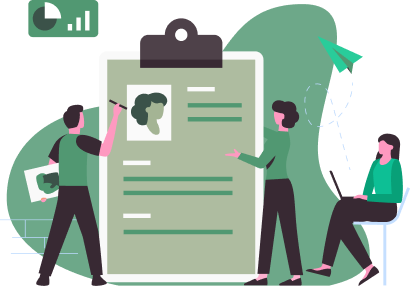
DEFINING PERSONAS
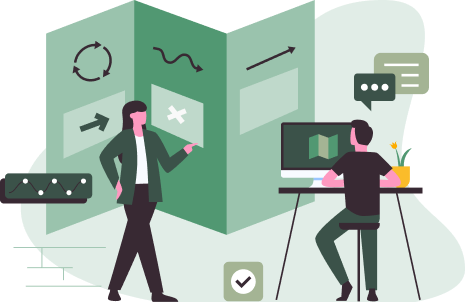
JOURNEY PHASES
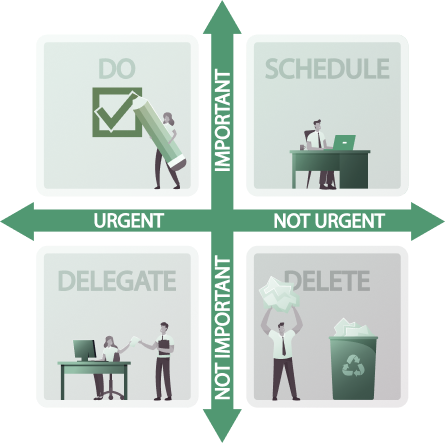
ATTRACTIVENESS AND DIFFICULTY OF IMPLEMENTING FEATURES

Marta, UX/UI Designer
“In my opinion, the Discovery Phase process was a very important point in the work on Teamle. By carefully analyzing the application’s audience and features, we were able to work together to develop the best solutions to be implemented in the near future. This process helped us to reliably assess the potential of the project and prepared us for the implementation phase.”
3. APP DEVELOPMENT

PREPARATION OF APPLICATION LAYOUTS

INTEGRATION WITH GOOGLE CALENDAR

INTEGRATION WITH TIME TABLE

Iwona, EB&HR Manager
“The workshop was an inspiring way to define the real problems we face during the 1:1 process. As a result of the discovery session, we gathered a clear picture of how the tool should look and which functionalities will be crucial for the users. We collected and analyzed a lot of data to determine the purpose, potential and possible limitations of the project. I am glad I could be a part of the workshop team!”
4. TECHNOLOGIES & INTEGRATIONS








FINAL PRODUCT

CONCLUSIONS
Discovery Phase helped us define the required features of the application we were developing. By comparing our tool with solutions available on the market, we were able to identify both its strengths and weaknesses. At the same time, the Discovery Phase process proved indispensable in establishing the appropriate functionalities. We added additional functionality to the application that we had not assumed in the original design.
Thanks to the work we did in the Discovery Phase, we were able to identify the needs of the personas for whom Teamle is being developed. Also, based on the collected data, we identified functionalities that would meet their expectations. With the help of the Discovery Phase, we were able to prioritize the various functions of our application. Finally,we received an answer to the question of what Teamle’s MVP should look like.
RESULTS & FURTHER DEVELOPMENT
Teamle is a tool that will allow us to get smoother feedback on Railwaymen’s work from employees. With facilitated 1:1 meetings, the engaged initiators will be able to consult with individual employees on a convenient time to talk. What’s more, the next step is to prepare the application for commercial use in the SaaS model by other companies operating on the market and looking to improve their 1:1 meeting process. Nevertheless, the Discovery Phase process, based on a competitive analysis and individual feature assessment, has identified opportunities and risks that need to be considered before developing an MVP and, finally, launching a tool.